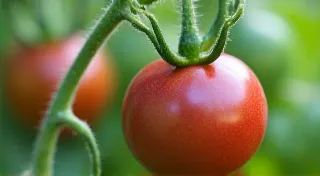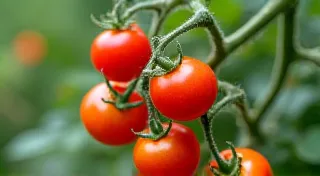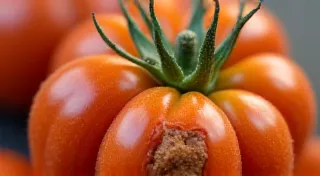Purple Cherokee Tomatoes: A Northern Plains Growing Handbook
The Northern Plains present a unique challenge to gardeners. Short growing seasons, unpredictable rainfall, strong winds, and fluctuating temperatures demand careful planning and specific techniques. If you've been captivated by the rich history and exceptional flavor of Purple Cherokee tomatoes, this guide will provide the knowledge you need to succeed in your Northern Plains garden.
Understanding Purple Cherokee Tomatoes
Purple Cherokee tomatoes are a beloved heirloom variety, known for their dusky purple-red color (which deepens with sun exposure), smoky flavor, and meaty texture. They've been passed down through generations, particularly within Cherokee communities, and are prized for their resilience and delicious taste. They are indeterminate, meaning they will continue to grow and produce fruit until frost. Their maturity time is around 80-90 days, which is a crucial consideration for shorter growing seasons. For those facing similar climate challenges but in different regions, you might find inspiration from growing other unique tomato varieties like Green Zebra tomatoes in the Midwest, where gardeners navigate distinct regional hurdles.
The Northern Plains Challenge: Wind Protection is Key
Strong winds are a defining characteristic of the Northern Plains. They can damage plants, dry out the soil quickly, and stunt growth. Purple Cherokee tomato plants, while resilient, aren’t immune. Here's how to protect them:
- Windbreaks: Plant them near existing structures, fences, or establish a dedicated windbreak using shrubs or trees. Spacing windbreaks strategically to avoid casting too much shade is important.
- Staking and Caging: Essential! Use sturdy stakes or robust tomato cages to support the plants as they grow. The heavy fruit of Purple Cherokees make them particularly susceptible to being blown over. Consider using multiple stakes or a tall cage.
- Row Covers: During early growth, row covers can offer significant protection from wind and cold.
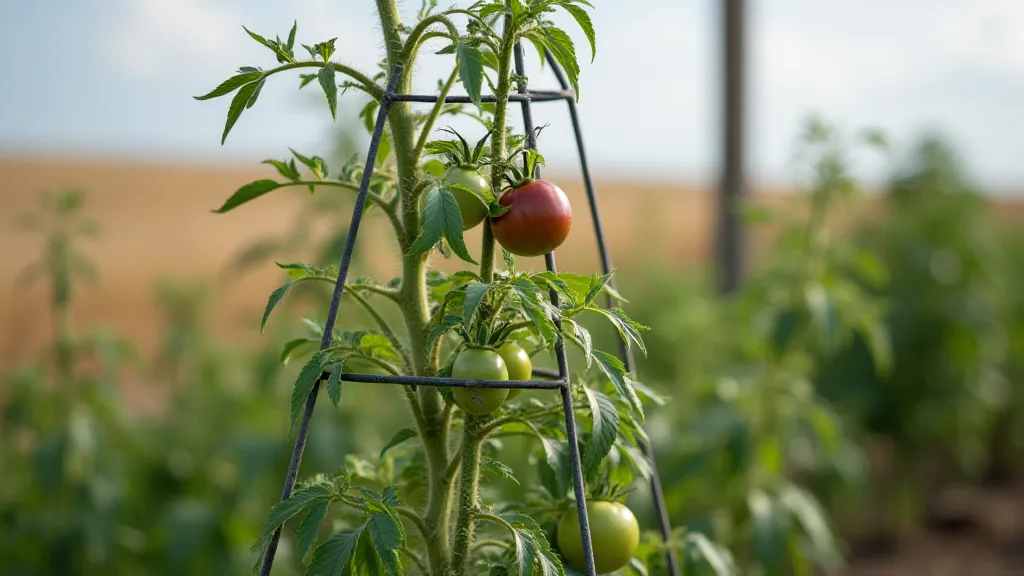
Managing Unpredictable Rainfall & Soil
The Northern Plains are known for boom-or-bust rainfall. Periods of drought can be followed by intense storms. Here’s how to manage both:
- Soil Improvement: Northern Plains soils often lack organic matter. Amend your soil generously with compost, well-rotted manure, or other organic matter. This will improve drainage, moisture retention, and nutrient availability.
- Mulching: Apply a thick layer of mulch (straw, shredded leaves, wood chips) around your plants. This conserves moisture, suppresses weeds, and regulates soil temperature.
- Watering Strategies: Water deeply and less frequently, encouraging deep root growth. During drought, hand-water when necessary. Ensure good drainage to prevent root rot when heavy rains occur. Soaker hoses are ideal.
- Blossom-End Rot Prevention: Fluctuating moisture levels are a common cause of blossom-end rot. Consistent watering, healthy soil, and occasional calcium supplementation (following product instructions) can help prevent this. Maintaining soil health is vital, and gardeners in the Southwest, for example, battling intense heat, find success with varieties like Black Krim tomatoes, often employing similar soil-building practices.
Starting Seeds vs. Buying Transplants
Given the shorter growing season, starting seeds indoors 6-8 weeks before the last expected frost is highly recommended. This provides a head start. However, if time is limited, purchasing healthy transplants from a reputable nursery is a viable option. Look for strong, stocky plants with dark green foliage. It’ll be crucial to get these plants going strong to compensate for the potentially limited growing window, a situation familiar to gardeners in the Rocky Mountains who have cultivated success with varieties such as Mortgage Lifter tomatoes.
Fertilizing Purple Cherokee Tomatoes
Purple Cherokees are heavy feeders. Start fertilizing when the first true leaves appear, using a balanced fertilizer according to package instructions. Side-dress with compost or aged manure throughout the growing season. Consistent feeding encourages abundant fruit production and helps plants withstand environmental stress. Ensuring plentiful and consistent fertilization is key, much like those working in the Southeast, who are masters of cultivating incredible tomatoes.
Pest and Disease Considerations
Like all tomato varieties, Purple Cherokees are susceptible to common pests and diseases. Monitor your plants regularly for signs of trouble. Common issues include:
- Tomato Hornworms: Handpick them off plants.
- Aphids: Control with insecticidal soap or a strong stream of water.
- Early Blight/Septoria Leaf Spot: Improve air circulation, avoid overhead watering, and consider a fungicide if necessary.
Harvesting and Enjoying Your Bounty
Purple Cherokee tomatoes are ripe when they develop a deep purple-red color and yield slightly to gentle pressure. The flavor is truly exceptional – rich, smoky, and intensely tomatoey. Enjoy them fresh, in salads, sauces, or preserved for winter enjoyment! Sharing the fruits of your labor is often as rewarding as the harvest itself, a sentiment echoed by those working in the Southeast with their Hillbilly tomatoes and age-old growing secrets.
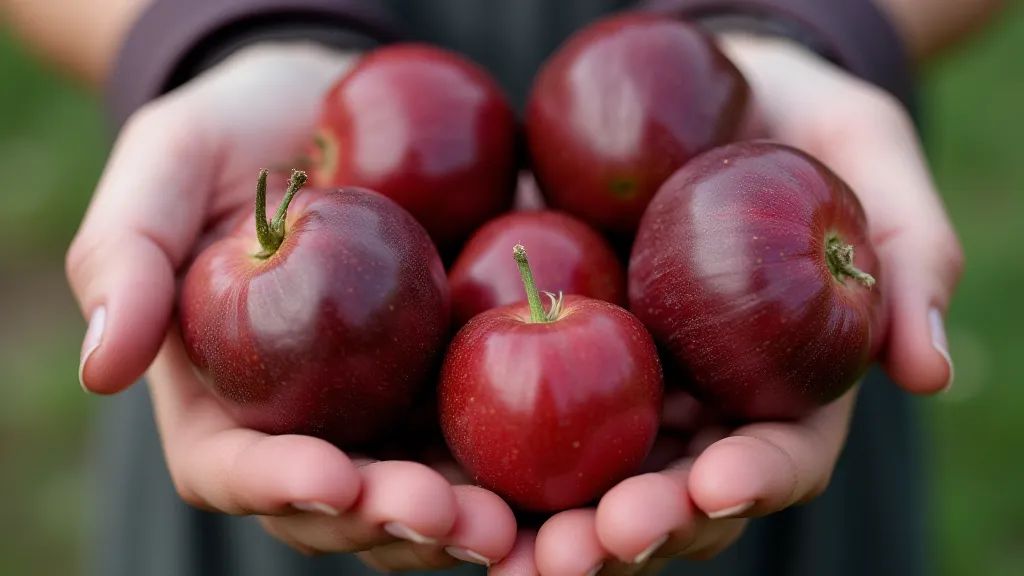
A Rewarding Challenge
Growing Purple Cherokee tomatoes in the Northern Plains requires a bit more effort than in milder climates, but the reward – those uniquely flavored, heirloom tomatoes – is well worth it. With careful planning, proper protection, and attentive care, you can enjoy a bountiful harvest of these treasured tomatoes. Remember that adapting to your specific microclimate and soil conditions is crucial for success, just as with any heirloom variety, and researching other regional tomato cultivation practices can provide valuable insights.
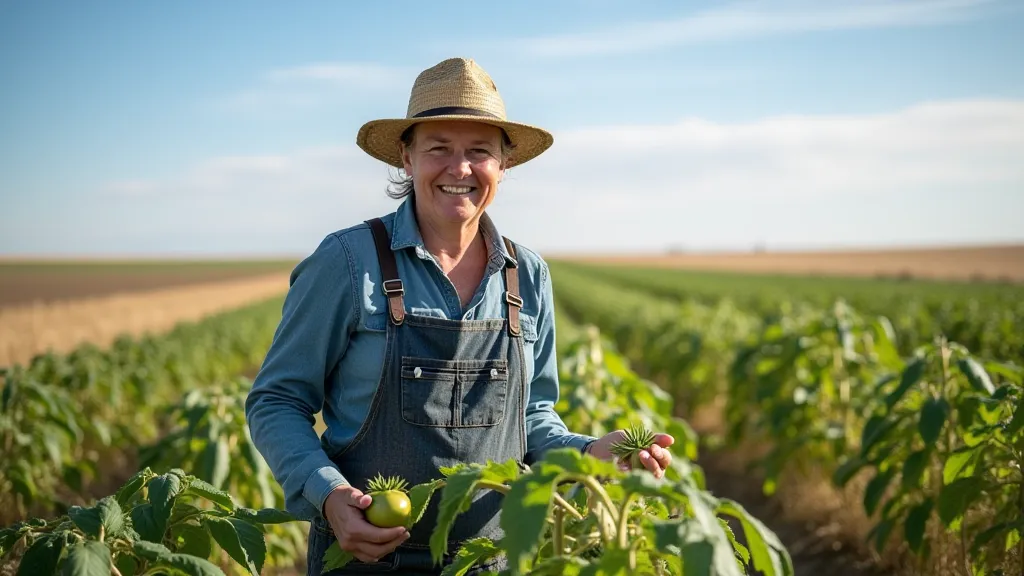
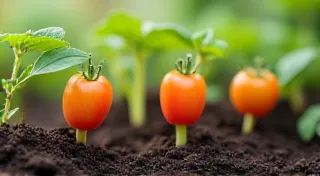
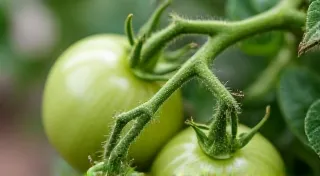
![Tomato Variety Comparison: Best Performers in [Region]](/thumbs/tomato-variety-comparison.webp)
